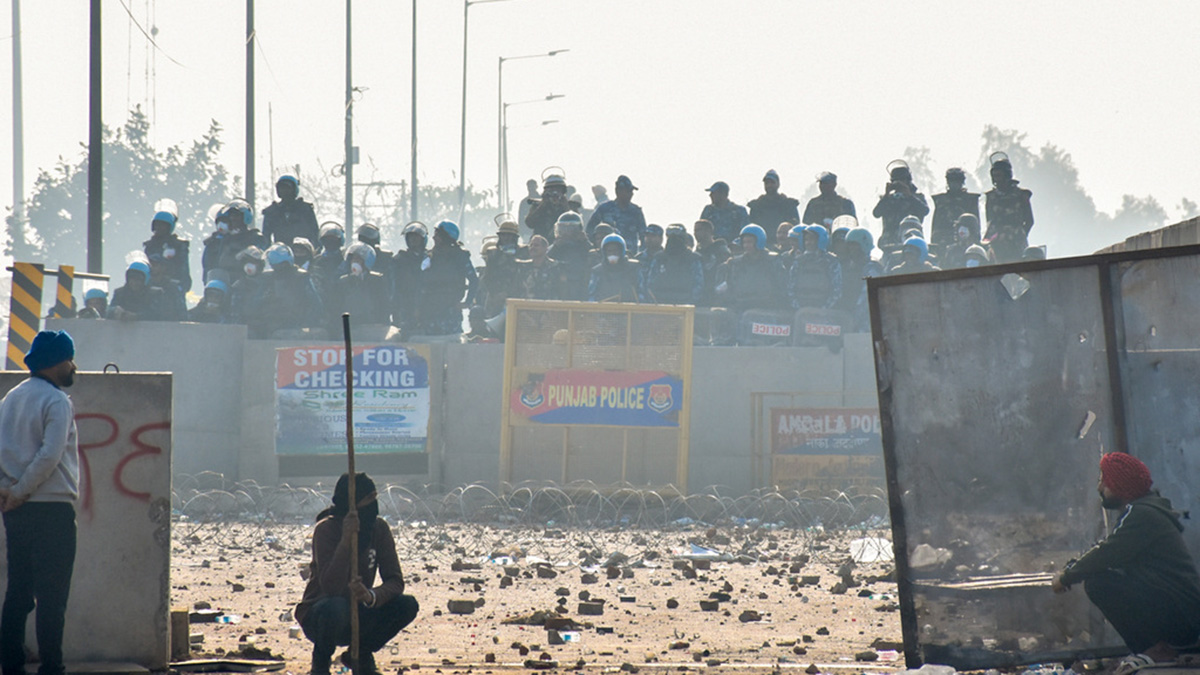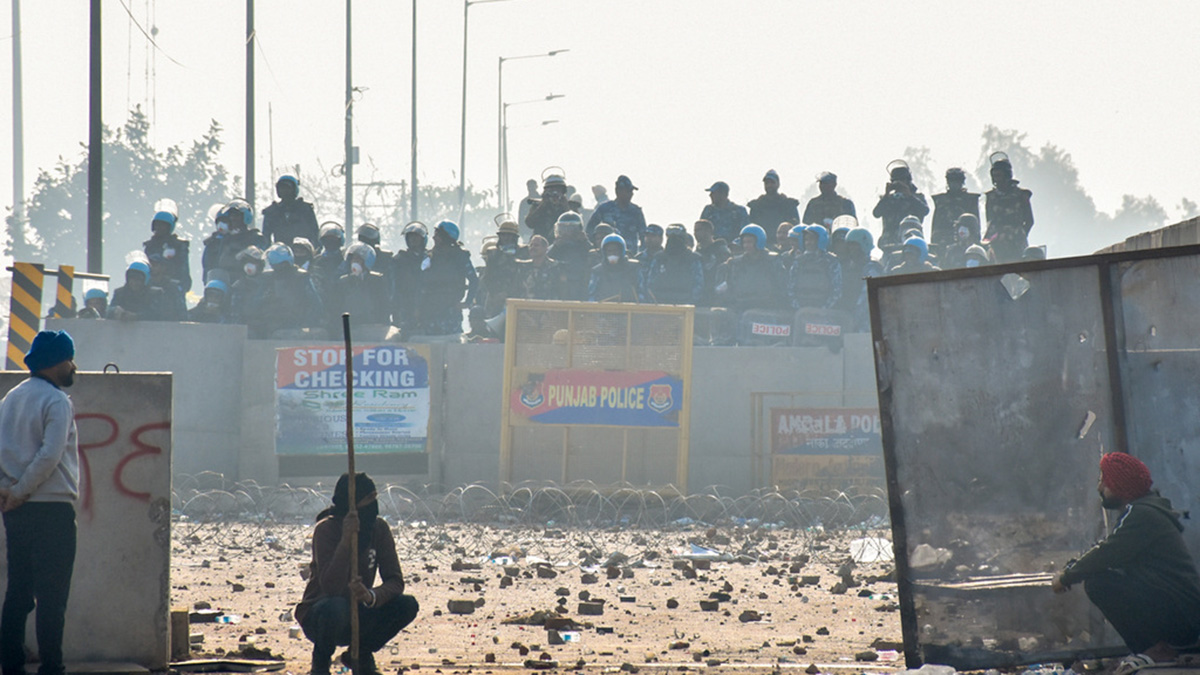Is India’s ailing banking system heading for a cure that may be worse than the original malady? That is the big question arising this week as the long arms of law tighten around fraudsters, could-be fraudsters, and, possibly, would-be fraudsters and may-be fraudsters.
What is evident is a mood of suspicion and abundant caution after India’s biggest bank fraud amounting to Rs 11,400 crore or more – and if this eventually results in every bank branch manager viewing a potential borrower as a threat to the bank than an opportunity, we may be heading towards difficult times that could choke legitimate credit growth in the economy.
The fraud involving disgraced jeweller Nirav Modi, his uncle Mehul Choksi of Gitanjali Gems and state-controlled Punjab National Bank could not have come at a worse time for an economy aspiring to hit the high-growth path after two difficult years featuring a demonetisation gamble and a deeper restructuring of the economy involving the introduction of the nationwide goods and services tax (GST).
In this “ season of frauds ” involving other cases including Rotomac and Simbhaoli Sugars, there is a definitive “Go get’em” mood but it is time to think whether we are applying disproportionate pressure on a creaking banking system hit by a pile of non-performing assets (NPAs) that are going through a separate process of resolution.
While seven layers of bank audit could not prevent the fraud with its epicentre at Mumbai’s Brady House, just a walk down from the headquarters of the Reserve Bank of India, an eager bunch of supercops and sleuths are busy locking many doors after some nimble horses have bolted. This may well stop new studs from entering India’s economic Derby.
While high-profile bankers Shikha Sharma of Axis Bank and Chanda Kochhar of ICICI Bank have been summoned by the Serious Frauds Investigation Office (SFIO), there is parallel news that banks filed suits in different courts against 17,000 borrowers who have defaulted on loan repayments worth Rs 2,65,908 crore at the end of September 2017. The finance ministry has also asked for probes into any default above Rs 50 crore to detect fraud.
The PNB fraud and other cases have in essence shifted the game from bankers to sleuths and lawyers, and from business management to crime patrol. Given wilful defaults and frauds in the system, that is but natural, but the flip side of this is the increasing probability of an unintended credit squeeze on the economy.
Consider the fact that fortnightly non-food credit around mid-February showed 11.59% year-on-year growth, compared with 4.87% in the year-ago period when demonetisation hurt banking.
Circa 1996, state-controlled Indian Bank faced a Rs 1,336 crore scam which after inflation-adjustment may compare well in size with the PNB fraud. The scam resulted in bankers going cold to lending as the CBI combed loan papers, and the then finance minister P Chidambaram made fervent pleas to banks to step up lending.
The PNB fraud is much worse, and the CBI under the Modi government is in a much more ebullient mood to fix offenders. The problem is that bankers tend to view defaults and frauds as par for the course as long as overall growth in profit and lending are on track.
The challenge for RBI, the government and the Indian Banks Association – the apex body of public sector banks in India – is to ensure that once-bitten-twice-shy bankers do not sit on their haunches while the country sees new project launches. One report says delays in 359 infrastructure projects resulted in cost overruns that exceeded Rs 200,000 crore. Now, consider the idea that delays in bank credit disbursement may stall more projects.
A working paper by the Indian Insitute of Management (IIM), Bangalore in 2016 said that Indian banks had over the previous three years lost about Rs 22,743 crore in frauds. In the last five years, frauds are estimated to have added up to Rs 61,260 crore. When you consider that overall credit in the banking system was around Rs 83 lakh crore last year, the frauds appear small as a proportion.
As the IIM paper (which turns out to be extraordinarily perceptive on what erupted later in PNB) suggests, there is a high degree of co-relation between NPAs and frauds, with scope for branch-level collusions. What bankers, policy-makers and the RBI need to do next is to ensure that the proportion of vigilance and precaution needed to check frauds should not come in the way of legitimate borrowing needs.
A clear set of guidelines with no-go areas (especially in public sector banks) and approvals at higher levels for larger amounts, and definitive ways to elevate audits beyond the current rubber-stamp methods are in order. But an unofficial freeze on lending by scared bankers may be counter-productive. The government has to walk a tightrope between criminal jurisprudence and economic prudence.
(The author is a senior journalist. He tweets @madversity)


)




)
)
)
)
)
)
)
)